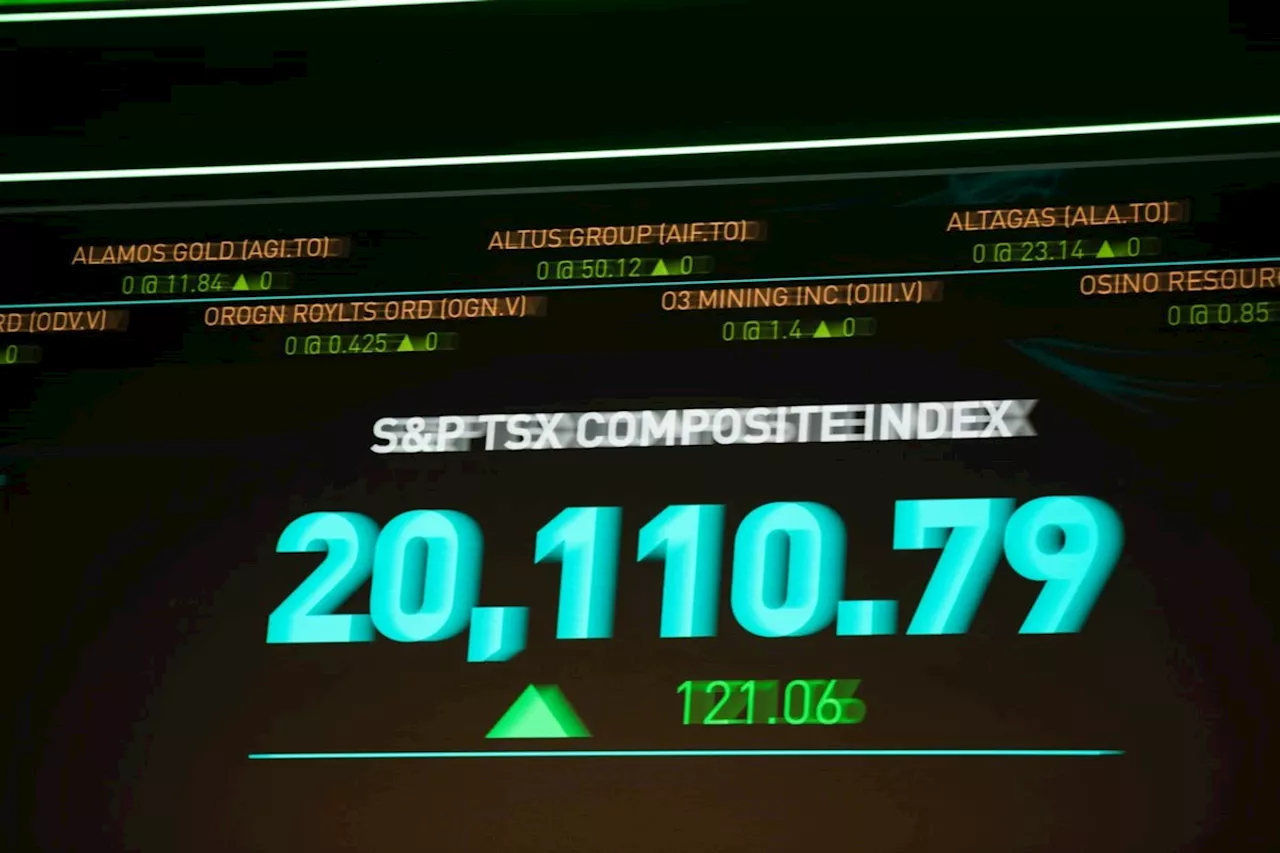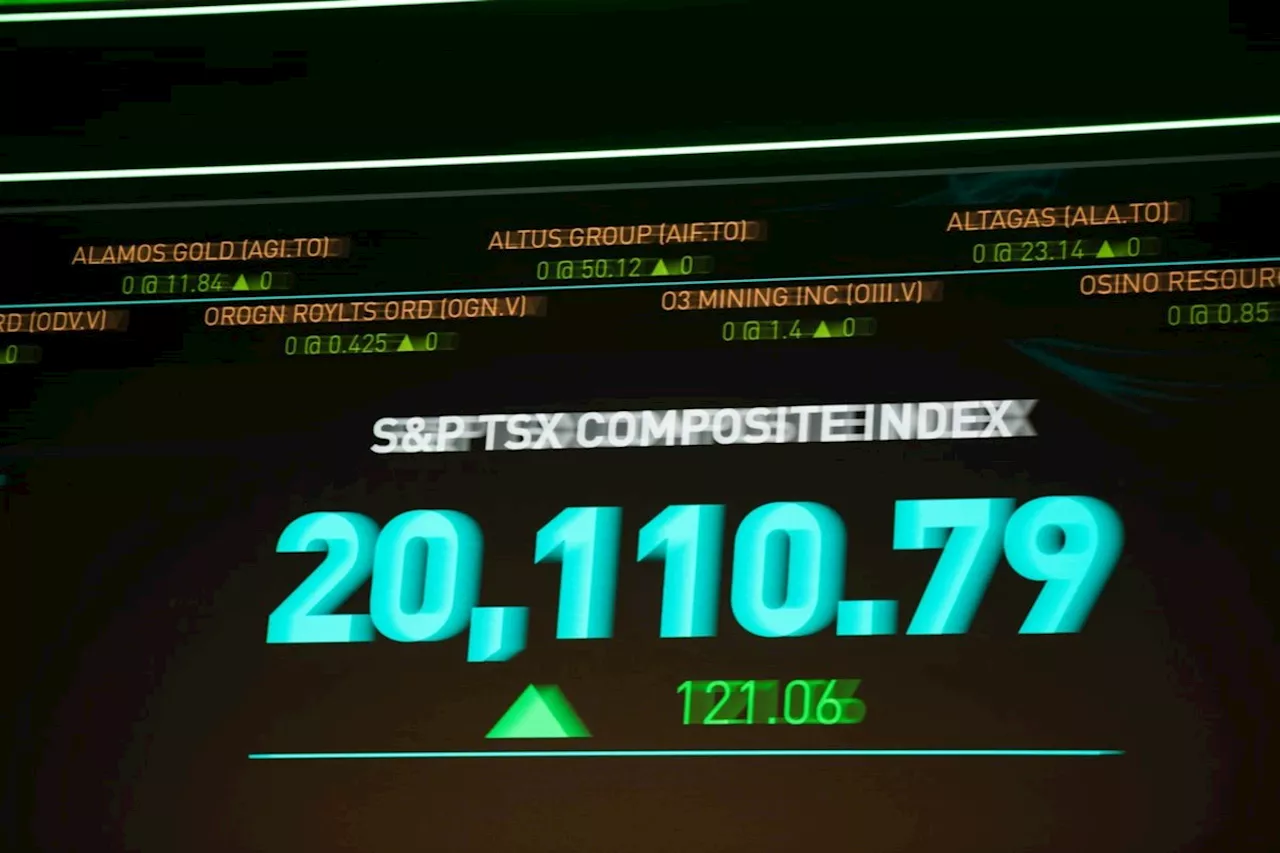The TSX Index has historically had mixed performance in January, but upcoming economic data, earnings releases and policy changes could drive significant market movement. This analysis examines the current state of the TSX, analysts' expectations, and factors to consider for investors.
January has historically been a fickle month for stocks with the S&P/TSX Composite Index rising a little more than half of the time (60 per cent to be exact) over the past two decades. During the month of January, the average price return for the TSX Index is a respectable 0.7 per cent. We are just seven trading days into the month and the S&P/TSX Composite Index is still relatively unchanged, up just 0.16 per cent.
However, upcoming economic and earnings releases, central bank rate announcements, as well as U.S. President-elect Donald Trump taking office could trigger major moves in the Index. As we near the upcoming earnings season, here is where things stand for the TSX Index. According to Bloomberg, the Street is currently expecting earnings growth of 9.3 per cent over the next 12 months, down 0.3 per cent from a month ago. The S&P/TSX Composite Index is currently trading at a forward 12-month price-to-earnings ratio of 15.5 times, in-line with the 10-year average multiple. Now, here’s a look at analysts’ current target prices, recommendations, forecast returns and yields for all 223 securities in the S&P/TSX Composite Index grouped by sector and ranked according to their expected price returns (excluding dividend and distribution income). The posted target price for each security is an average of all available target prices from analysts. A target price typically reflects an expected share or unit price 12 months from now based on an analyst’s financial modelling, such as a discounted cash flow or sum-of-the-parts model. For the yield provided, Bloomberg calculates this figure by annualizing the most recent announced dividend or distribution value. It’s important to note that high target prices, which imply stellar returns that seem unbelievable may be just that - unrealistic. At times, when a stock price falls analysts may maintain their bullish expectations, inflating the forecast return. In addition, an outlier (extreme target price) can skew the average target price, to the upside or downside, particularly when the number of analysts covering a stock is low. Don’t let a huge projected gain lure you into a position – it is critical to look at the company and industry fundamentals
TSX INDEX EARNINGS ECONOMY INVESTING ANALYSIS
Canada Latest News, Canada Headlines
Similar News:You can also read news stories similar to this one that we have collected from other news sources.
 Year-end bottom-picking the S&P/TSX Composite IndexWe are looking for mid- and large-cap stocks that have had a down year in 2024 and what potential they hold for 2025
Year-end bottom-picking the S&P/TSX Composite IndexWe are looking for mid- and large-cap stocks that have had a down year in 2024 and what potential they hold for 2025
Read more »
 S&P/TSX down more than 100 points after finance minister quits, U.S. markets mixedTORONTO — Canada's main stock index was down more than 100 points Monday as market watchers digested a surprise resignation by the federal finance minister just hours before she was due to deliver the fall economic statement.
S&P/TSX down more than 100 points after finance minister quits, U.S. markets mixedTORONTO — Canada's main stock index was down more than 100 points Monday as market watchers digested a surprise resignation by the federal finance minister just hours before she was due to deliver the fall economic statement.
Read more »
 S&P/TSX down more than 100 points after finance minister quits, U.S. markets mixedTORONTO — Canada's main stock index was down more than 100 points Monday as market watchers digested a surprise resignation by the federal finance minister just hours before she was due to deliver the fall economic statement.
S&P/TSX down more than 100 points after finance minister quits, U.S. markets mixedTORONTO — Canada's main stock index was down more than 100 points Monday as market watchers digested a surprise resignation by the federal finance minister just hours before she was due to deliver the fall economic statement.
Read more »
 S&P/TSX composite down Tuesday, U.S. stock markets fall after new economic dataTORONTO — Canada's main stock index moved lower Tuesday, led by losses in technology, while the sector led U.S. markets to erase Monday's gains. The S&P/TSX composite index closed down 69.90 points at 24,929.89.
S&P/TSX composite down Tuesday, U.S. stock markets fall after new economic dataTORONTO — Canada's main stock index moved lower Tuesday, led by losses in technology, while the sector led U.S. markets to erase Monday's gains. The S&P/TSX composite index closed down 69.90 points at 24,929.89.
Read more »
 The highest-yielding stocks on the TSX, plus risk dataA look at the equities dividend investors should be seeking
The highest-yielding stocks on the TSX, plus risk dataA look at the equities dividend investors should be seeking
Read more »
 S&P/TSX composite falls more than 300 points, U.S. markets also down after jobs dataTORONTO — Canada's main stock index fell more than 300 points Friday despite strength in energy stocks as the price of oil climbed, while U.S. stock markets also fell as investors reacted to the latest labour market reports.
S&P/TSX composite falls more than 300 points, U.S. markets also down after jobs dataTORONTO — Canada's main stock index fell more than 300 points Friday despite strength in energy stocks as the price of oil climbed, while U.S. stock markets also fell as investors reacted to the latest labour market reports.
Read more »
